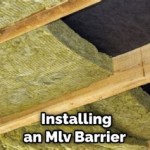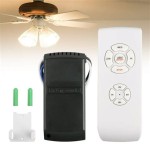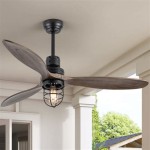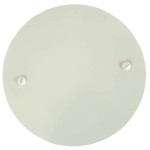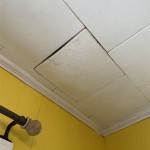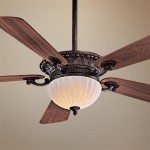How To Insulate A Ceiling From Below
Insulating a ceiling from below is a great way to improve the energy efficiency of your home and make it more comfortable to live in. By adding insulation to your ceiling, you can reduce the amount of heat that escapes from your home in the winter and the amount of heat that enters your home in the summer. This can lead to lower energy bills and a more comfortable living environment.
There are a few different ways to insulate a ceiling from below. The most common method is to use spray foam insulation. Spray foam insulation is a type of insulation that is applied to the underside of the ceiling in a liquid form. The foam then expands and hardens, creating a thick layer of insulation.
Another option for insulating a ceiling from below is to use cellulose insulation. Cellulose insulation is made from recycled paper and is applied to the underside of the ceiling in a loose-fill form. Cellulose insulation is a good option for homes that have uneven ceilings or that have a lot of obstacles, such as pipes and wires.
If you are insulating a ceiling from below, it is important to make sure that the insulation is properly installed. Improperly installed insulation can lead to moisture problems and can even be a fire hazard. It is also important to make sure that the insulation is thick enough to provide adequate insulation. The recommended thickness of insulation for ceilings is R-30.
Insulating a ceiling from below is a relatively simple and inexpensive project that can have a big impact on the energy efficiency of your home. If you are looking for a way to improve the comfort of your home and save money on your energy bills, insulating your ceiling from below is a great option.
Here are some tips for insulating a ceiling from below:
- Make sure that the ceiling is clean and dry before you begin insulating.
- If you are using spray foam insulation, be sure to wear a respirator and follow the manufacturer's instructions carefully.
- If you are using cellulose insulation, be sure to wear a dust mask and follow the manufacturer's instructions carefully.
- Make sure that the insulation is thick enough to provide adequate insulation. The recommended thickness of insulation for ceilings is R-30.
- Once the insulation is installed, be sure to seal any gaps or holes around the edges of the insulation.
By following these tips, you can ensure that your ceiling insulation is installed properly and that it will provide you with the maximum benefit.

How To Prevent Condensation In Cathedral Ceiling Building Advisor

Insulating A Ceiling Without Attic 2 Vital Factors To Know Q1 2025 Data

How To Install Ceiling Insulation Batts In A New House Before Plaster

The Right Way To Insulate Attics And Cathedral Ceilings With Batts

Roof Insulation

Dropped Ceiling Soffit Below Unconditioned Attic Building America Solution Center

Insulating A Cathedral Ceiling With Foam Board Building Advisor
Insulating Cathedral Ceilings Jlc Online

Air Sealing And Insulating Ceilings In Vented Attics Building America Solution Center

Flat Roof Insulation Thegreenage


